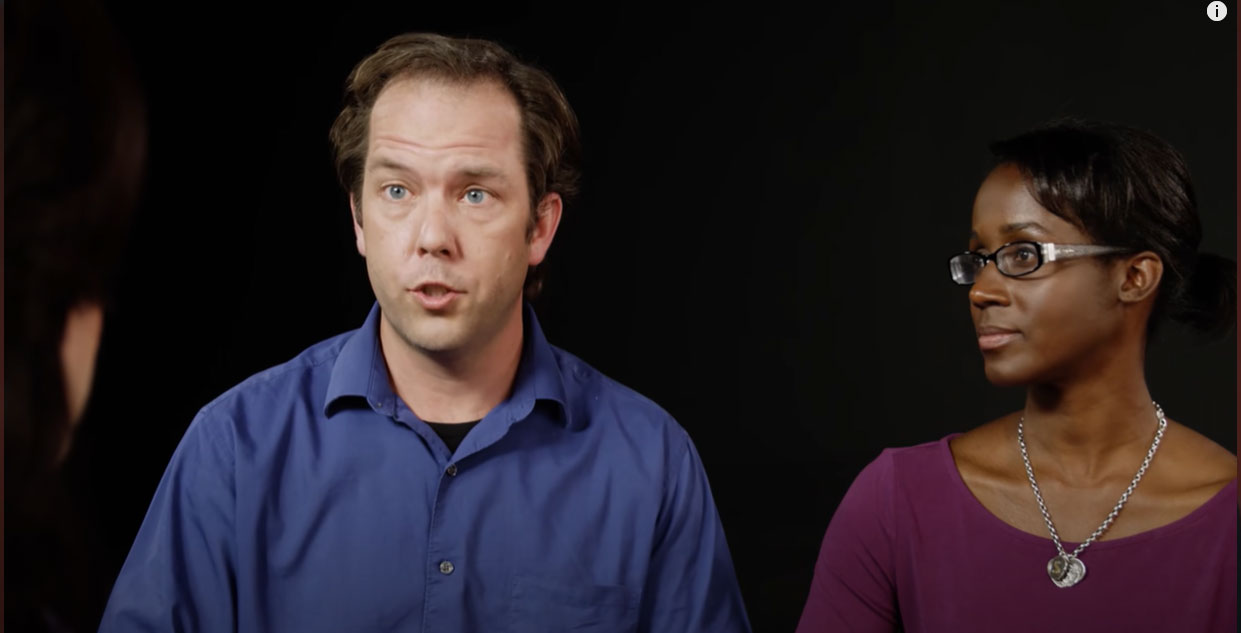Elective Single Embryo Transfer (eSET)
What Is Elective Single Embryo Transfer or eSET?
After the removal and fertilization of eggs with the use of in vitro fertilization (IVF), some women with multiple embryos (fertilized eggs) may decide to have a single embryo transferred to the womb even when multiple embryos are available (elective single embryo transfer eSET). 100% of our transfers are day 5 (or day 6 in PGS cases when we do a fresh, rather than a frozen, transfer). Our “take-home baby rate” with eSET is around 60%, and is around 80% with PGS and eSET.
Why Only A Single Embryo?
The primary goal of eSET is to reduce the multiple pregnancy rate associated with IVF. Transferring more than one embryo increases the likelihood of a multiple pregnancy (twins, triplets, etc.). Approximately 30% of IVF pregnancies result in a twin pregnancy, and another 3% to 4% result in a triplet or a higher order (four or more implanted embryos) pregnancy in the United States.
Early in pregnancy, the number of fetuses noted on ultrasound can be decreased in order to increase the chances of having a baby or babies delivered as close to full term as possible. The procedure is called multi-fetal pregnancy reduction (MPR). However, MPR may not be an acceptable alternative for many couples. Even if a couple decides to undergo MPR, there are still some risks, including the possibility of losing the entire pregnancy.
The main reason that MPR should be considered is that multiple pregnancy leads to an increased risk of complications for both the fetus and the mother. It often leads to premature delivery and its accompanying problems, such as cerebral palsy, long-term lung and gastrointestinal problems, and even neonatal death. There is a small (1.5%) chance at having a monozygotic twin (identical twins) as the transferred embryo may split after transfer.
Please view this important video that addresses the potential complications associated with multiple pregnancies.
Am I A Good Candidate for eSET?
We have expanded our use of eSET to anyone who meets these criteria:
- woman’s age less than 38 years
- first or second assisted reproductive technology (ART) cycle
- previous ART success, regardless of age
- relatively large number of high-quality embryos generated
- having embryos available for cryopreservation
Who Chooses The Embryo To Be Transferred?
To transfer the highest quality embryo, the laboratory grades each embryo based on a detailed assessment of its appearance, including the number and size of the cells, their rate of development, their clarity, and the presence or absence of cell fragments. Different grading systems are used and they may differ from clinic to clinic, and also may differ depending on whether the embryo is in the cleavage or the blastocyst stage. We and others are investigating whether embryo biopsy to determine if an embryo is genetically normal identifies better embryos for transfer before transfer. In the future, laboratory tests of embryo metabolism may identify the best embryo. The effectiveness of these investigational studies to have a positive impact on pregnancy rates remains uncertain.
How Successful Is eSET?
In women who are considered good candidates, eSET has demonstrated excellent pregnancy rates. However, there is a small decrease in overall pregnancy rates after eSET because women who do not meet the more appropriate criteria are being offered this procedure. Despite this, many believe the long-term benefits of the use of eSET to achieve a singleton pregnancy are much better for the health of both the mother and baby.
Whether to use eSET is a decision each couple should make after consultation with VCRM’s medical staff. The couple should discuss their concerns with our doctor and then ask for our latest success rates with eSET to assist in their final decision making. Our current success rates are about 65% for ongoing/delivered pregnancy rate. Contact us to learn more.

